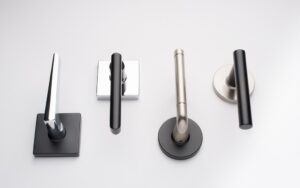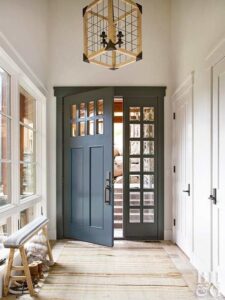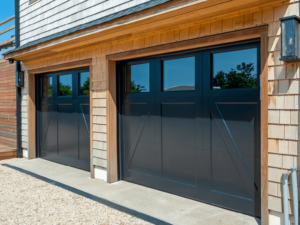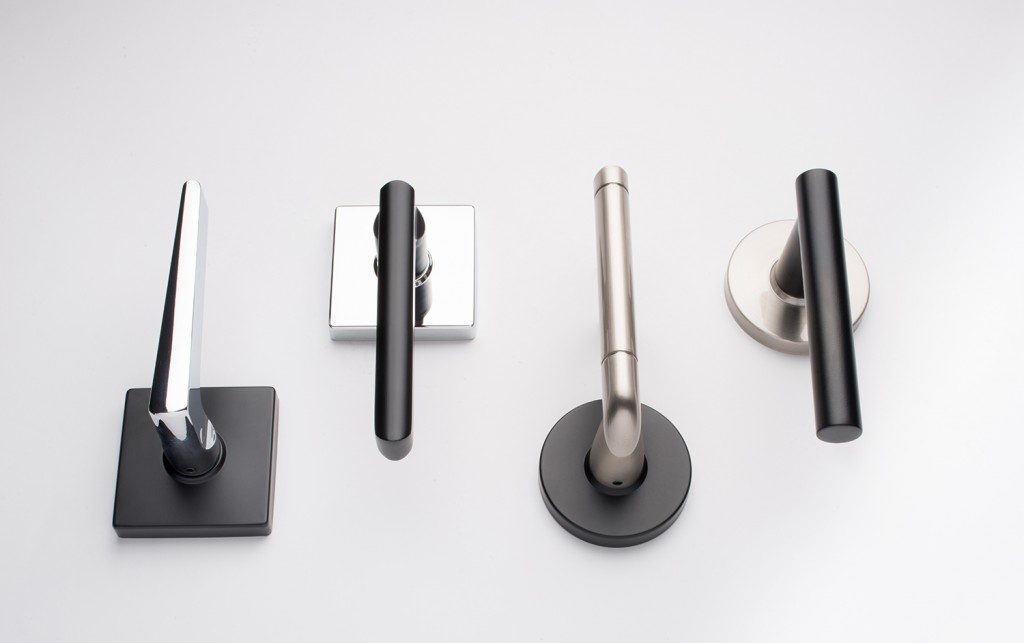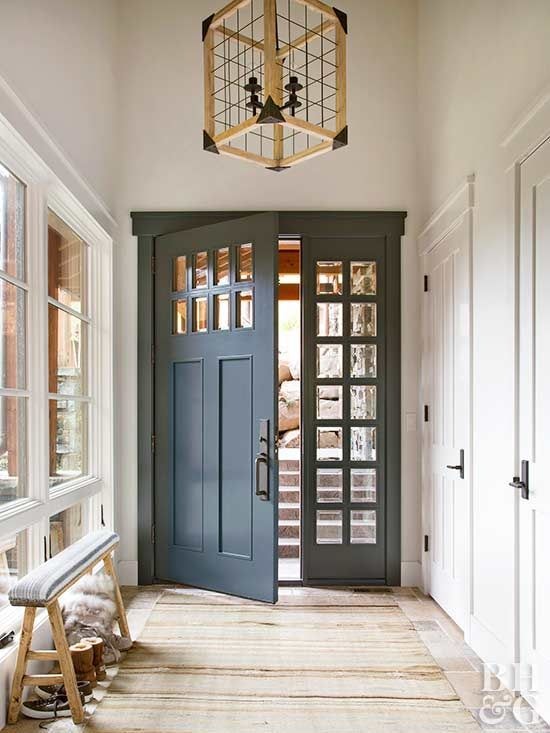
Have you ever encountered a door and wondered which way it swings? Understanding the swing of a door is crucial, whether you’re in the midst of a home renovation project or just trying to navigate a space efficiently. Fortunately, determining the door’s swing – whether it’s a left-hand or right-hand swing – is not rocket science. In this guide, we will walk you through a simple step-by-step process to make this task a breeze.
The Importance of Knowing Door Swing
Before we delve into the “how,” let’s briefly discuss the “why.” Why is it essential to know the swing of a door? Here are a few reasons:
1. Safety: Knowing the door’s swing helps prevent accidents, like walking into a door that’s opening towards you.
2. Space Planning: Understanding the door’s swing allows you to optimize the layout of a room or design a space efficiently.
3. Home Improvement: If you’re undertaking a renovation or home improvement project, knowing the door’s swing is essential for proper installation and functionality.
Now, let’s get to the heart of the matter.
Step 1: Position Yourself Correctly
To determine the swing of a door, you must position yourself correctly. Stand in front of the door so that you are preparing to PUSH it away from you. This step is crucial, as it establishes your perspective for the door swing evaluation.
Step 2: Identify the Hinges
Once you are in the correct position, focus your attention on the side of the door where the hinges are located. The hinges are the key to unlocking the door’s swing.
Here’s the crucial distinction:
- Hinges on the Left: If the hinges are on the left side of the door when you are in the pushing position, you’re looking at a “left-hand door swing.”
- Hinges on the Right: If, instead, the hinges are on the right side in your perspective, you’ve got yourself a “right-hand door swing.”
But what do these designations mean practically?
- Left-Hand Door Swing: If you’ve identified a “left-hand door swing,” this means the door will swing into the room to your left when you open it.
- Right-Hand Door Swing: Conversely, a “right-hand door swing” signifies that the door will swing into the room to your right.
In essence, by focusing on the hinges and your perspective while facing the door, you can easily figure out which way it swings. This method is an excellent reference point, and it can also be applied in the context of new construction projects, where there are rough openings without doors.
Using Your Hands to Determine Door Swing
The beauty of this method lies in its simplicity. It’s all about putting yourself in the position of pushing the door away. Imagine you’re about to open the door, and you want to make sure it swings in the direction you desire.
Here’s how to use your hands as a guide:
- Push the door away with your left hand: If you simulate pushing the door away using your left hand, you’re effectively determining a “left-hand door swing.”
- Push the door away with your right hand: Conversely, if you pretend to open the door with your right hand, you’re establishing a “right-hand door swing.”
In summary, understanding the swing of a door is not as complex as it might seem. With these simple steps, you can confidently identify whether a door has a left-hand or right-hand swing, making it easier to navigate spaces, plan room layouts, and execute home improvement projects with precision.
Conclusion
The ability to determine a door’s swing is a valuable skill that can enhance safety, convenience, and aesthetics in your living spaces. By following the straightforward steps outlined in this guide and using your hands as a reference point, you’ll be well-equipped to identify whether a door swings to the left or to the right. Whether you’re a DIY enthusiast, a homeowner, or a design professional, this knowledge will prove invaluable in your everyday life and home improvement endeavors.

